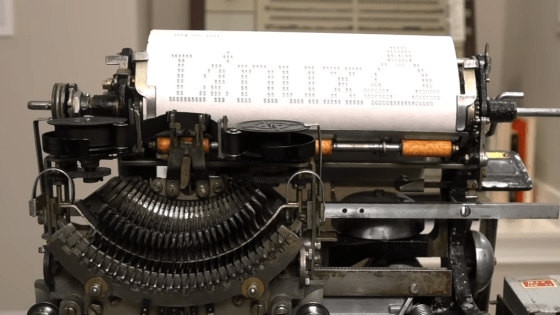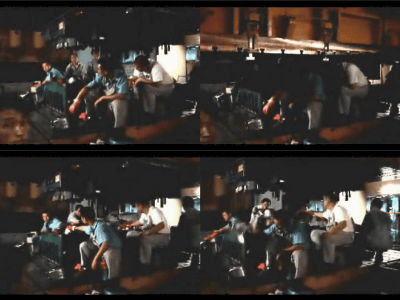The origins of the Return and Enter keys

On modern Japanese keyboards, it's common for the Enter key to be located on the far right. However, in the early days of typewriters, there was no such key. Marcin Wichary has summarized the history of the Enter key.
The day Return became Enter – Aresluna
Early typewriters did not have a key to enter a new line, but instead had a carriage return lever, which advanced the paper one line and returned the typing position to the left edge.

Between 1940 and 1950, typewriters were electrified, allowing users to use a key instead of a lever to initiate a new line. The new line keys of this era were given names like 'POWER RETURN' or 'ELECTRIC RETURN' to emphasize their electrical nature. For example, the Smith-Corona typewriter below has a new line key named 'POWER RETURN' in the same location as the modern Enter key.
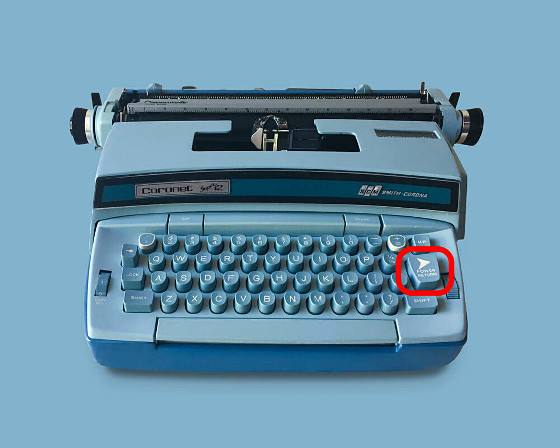
Later, with the spread of teletype terminals, which input characters over a line, things changed. With conventional typewriters, you could follow the movement of the carriage, the part where you input characters, with your eyes, so after pressing the return key, you could wait for the carriage to return to the left edge before you could start typing. However, with teletype terminals, the combination of receiving character information at regular intervals and not having a carriage directly in front of you led to situations where you would type the next character before the carriage had fully returned.
To avoid this problem and ensure time for the carriage to move, teletype terminals were equipped with two keys: 'Carriage Return' which moves the carriage to the left edge, and 'Line Feed' which moves the carriage down one line. The remnants of the combined process of Carriage Return and Line Feed remain in the line break code 'CR/LF' even today.
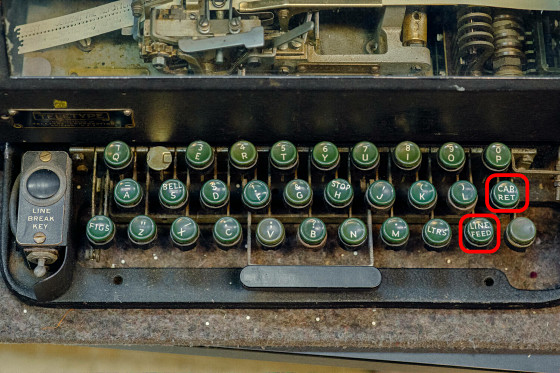
Word processors developed in the 1970s were equipped with an 'Enter' key as a 'send' operation separate from line breaks. At the time, Enter and Return had distinctly different functions, so they were sometimes placed close together on the keyboard.
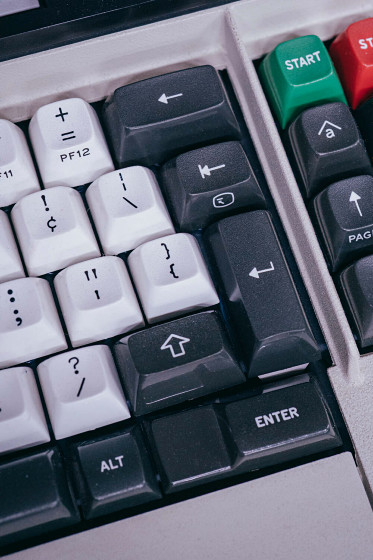
Later, as computers became more widespread and software became more diverse, keyboards became more standardized, and the functions of Enter and Return were combined into one key. At this time, Apple chose the name 'Return,' while Microsoft and IBM adopted the name 'Enter.'
In addition, Wichary commented, 'Depending on the messaging app, the line break operation is either 'Shift + Enter' or 'Ctrl + Enter'. When using such apps, I feel like 'it would be better if Enter and Return were separate.''
Related Posts:
in Web Service, Posted by log1o_hf

